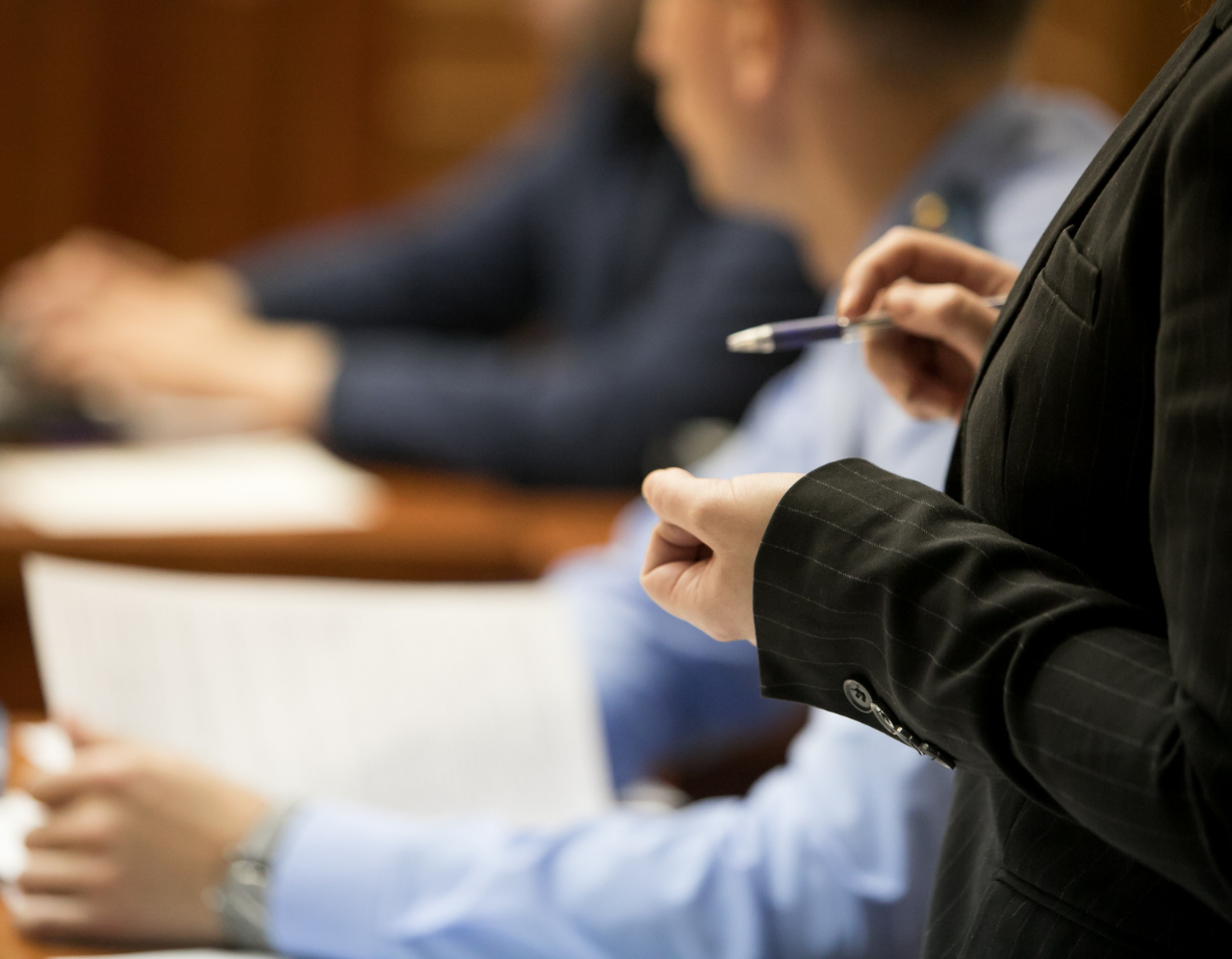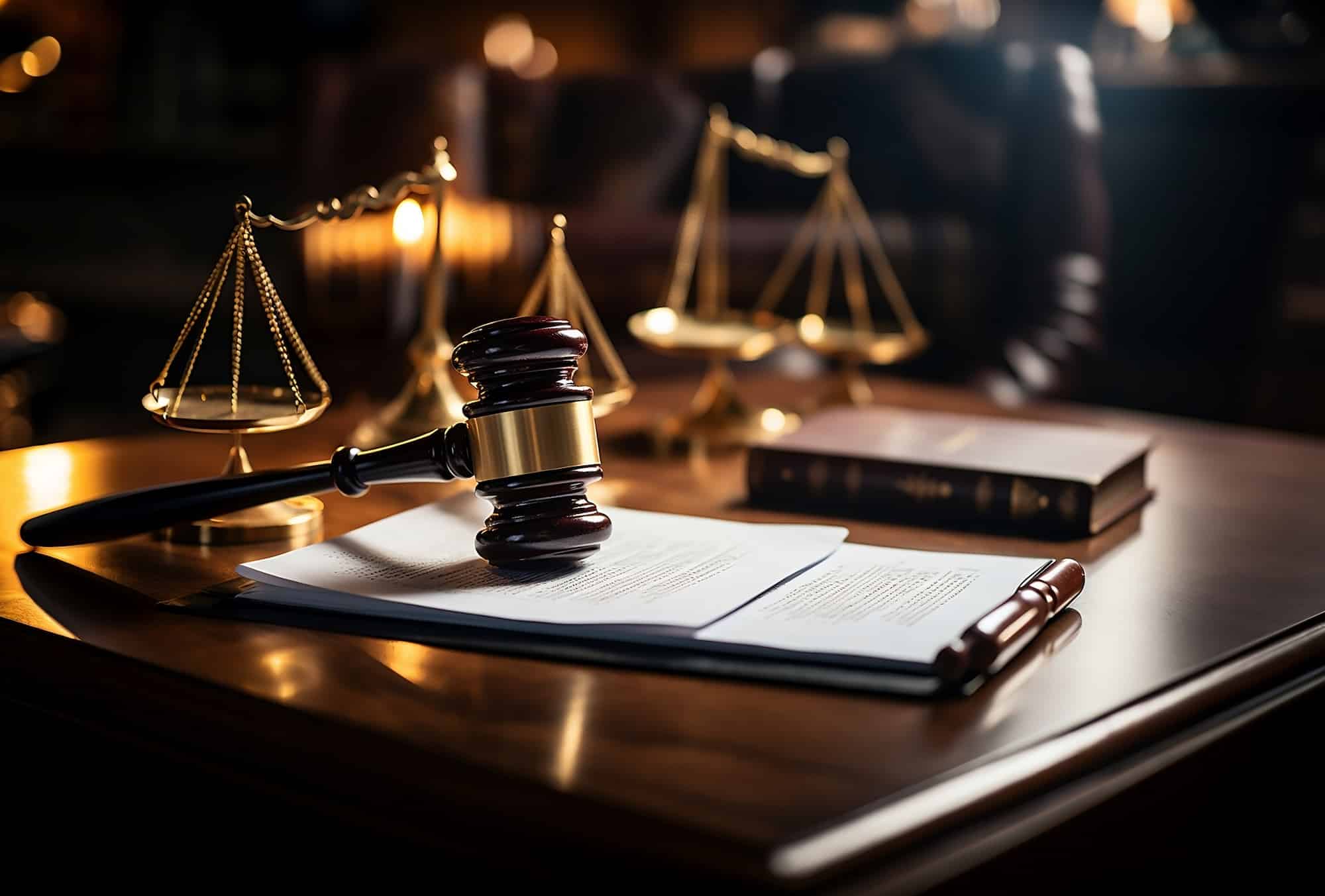Essential Skills for Crafting Persuasive Trial Presentations: A Comprehensive Guide
Essential Skills for Crafting Persuasive Trial Presentations: A Comprehensive Guide
Blog Article
Navigating the Intricacies of Trial Presentations: Tips for Seamless Delivery and Engaging Disagreements
In the world of legal proceedings, the art of trial presentation stands as an important component of success. The complexities fundamental in trial presentations need a delicate balance of strategy, finesse, and ability.

Comprehending Test Purposes
To effectively navigate a trial, it is vital to have a clear understanding of the purposes that need to be achieved. Before stepping right into the court room, lawful groups must define their goals and preferred results. These goals function as leading concepts throughout the test, forming strategies and influencing decision-making processes.
Understanding trial objectives involves an extensive analysis of the situation, legal precedents, and the client's benefits. Trial Presentations. It requires a precise evaluation of the truths, determining essential issues, and anticipating potential challenges. By setting specific and quantifiable objectives, attorneys can tailor their arguments and discussions to line up with the desired results
In addition, a clear grip of test goals enables lawful groups to prioritize evidence, witnesses, and lawful disagreements efficiently. It enables the development of a systematic narrative that resonates with the discretionary, strengthening the overall instance presentation.

Organizing Proof Successfully
Having a clear understanding of test purposes lays the foundation for organizing evidence successfully in lawful process. By lining up the presentation of evidence with the desired end results of the test, legal teams can enhance their disagreements and improve their persuasiveness.
One more crucial element in organizing evidence successfully is establishing a rational circulation. Presenting evidence in a sequential and systematic fashion can aid develop an engaging narrative that supports the legal arguments being made. In addition, using visual help such as timelines, graphes, or graphs can even more boost the organization of evidence and help in making clear complex connections or series of events.
Moreover, making certain that all evidence provided is acceptable and pertinent to the situation is essential. Unimportant or inadmissible proof can diminish the strength of the argument and potentially hurt the reputation of the here and now celebration. A precise evaluation and choice process ought to be carried out to include only the most impactful and legally sound proof in the test discussion.
Crafting Convincing Narratives
Crafting engaging narratives plays a crucial function in presenting influential arguments throughout legal process. When building a story for a test presentation, it is necessary to establish a clear story that highlights essential factors and connects them in a systematic way. By weaving with each other evidence, statement, and legal disagreements into a convincing and natural narrative, lawful professionals can successfully advocate for their clients and raise the possibility of a desirable result in the court room.
Mastering Visual Help
Efficient usage of aesthetic aids is crucial to boosting the impact and clearness of test presentations. Visual aids, when made use of strategically, have the power to simplify complicated details, reinforce essential factors, and leave a long-term impression on the discretionary. To understand aesthetic help in find out here trial presentations, it is vital to ensure that they are clear, concise, and relevant to the disagreements being made.
When including aesthetic help, such as graphes, photos, charts, or timelines, right into a test discussion, it is important to keep them visually appealing yet professional. The visuals should complement the verbal arguments, providing a visual representation of the information being discussed without overwhelming the audience with over here unneeded information.
In addition, exercising with the aesthetic help in advance is critical to ensure a smooth distribution throughout the trial. Familiarizing oneself with the content, transitions, and timings of each aesthetic help can assist preserve the flow of the presentation and protect against technological problems that may occur.
Delivering Impactful Closing Arguments
An engaging closing argument offers as the culmination of a test presentation, enveloping the core story and convincing the court and jury in the direction of a beneficial choice. Begin by outlining the primary arguments that support your customer's position, highlighting why the proof provided throughout the test sustains your narrative.
Furthermore, integrating psychological allure can better strengthen your closing argument. Ultimately, a well-crafted closing disagreement must leave an enduring impact, engaging the court and court to rule in your customer's official statement support.
Final Thought
Finally, understanding test discussions entails recognizing purposes, arranging proof, crafting stories, using visual aids, and delivering impactful closing arguments. By executing these techniques efficiently, lawyers can offer their instance flawlessly and make engaging disagreements in the court. It is important to navigate the complexities of test discussions with precision and skill to achieve success in lawful procedures.
By lining up the presentation of proof with the wanted results of the trial, legal groups can enhance their arguments and enhance their persuasiveness (Trial Presentations). To understand visual aids in test presentations, it is essential to ensure that they are clear, succinct, and appropriate to the debates being made
An engaging closing disagreement serves as the culmination of a trial presentation, enveloping the core narrative and encouraging the judge and court towards a desirable choice. Begin by detailing the main arguments that sustain your client's placement, emphasizing why the evidence provided throughout the test sustains your narrative.In verdict, mastering trial presentations entails recognizing objectives, arranging evidence, crafting narratives, making use of visual help, and delivering impactful closing arguments.
Report this page